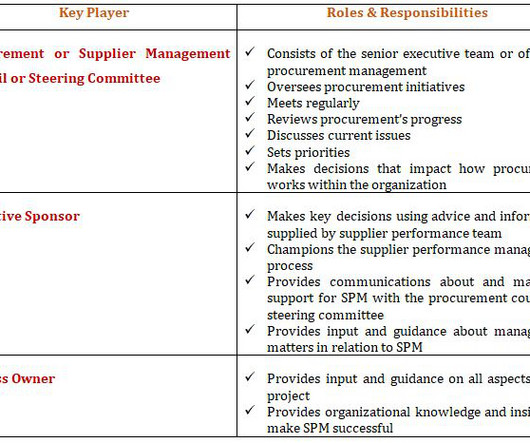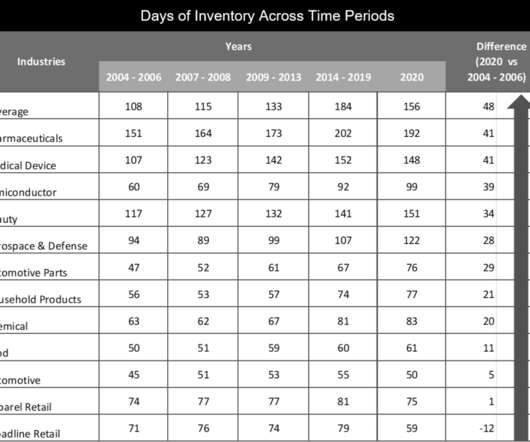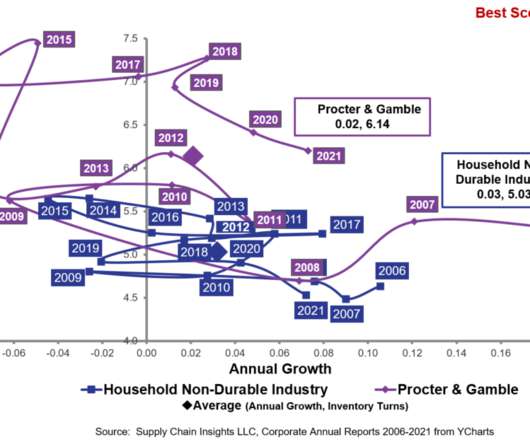Supply Chain Normalcy? Think Again.
Supply Chain Shaman
APRIL 18, 2023
In March 2023, the Global Supply Chain Pressure Index fell to the lowest level since November 2008. For organizations layered in functional metrics and driving a cost agenda, this is a tough nut to crack. The average brand owner outsources 28-35% of manufacturing, but most coordinate using only spreadsheets and email.











































Let's personalize your content